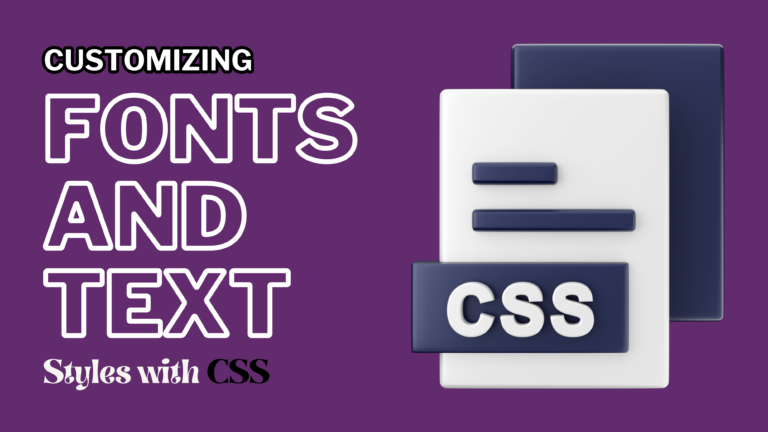Title: Crafting Stunning Gradients with CSS A Complete Guide
CSS gradients are a versatile tool for creating visually appealing backgrounds and design elements on your website. They offer a range of possibilities, from simple linear gradients to complex radial gradients. This guide will walk you through the process of creating beautiful gradients with CSS, including tips and tricks for mastering this design technique.
Understanding CSS Gradients
CSS gradients are images that transition smoothly between colors. They are defined in CSS without the need for image files, making them a lightweight and flexible choice for web design.
Types of CSS Gradients
1. Linear Gradients
Linear gradients transition colors along a straight line. You can control the direction of the gradient using angle values or color stops.
Example:
<style>
.linear-gradient {
background: linear-gradient(to right, #ff7e5f, #feb47b);
/* Creates a gradient that transitions from pink to orange */
}
</style>
<div class="linear-gradient" style="height: 100px; width: 100%;"></div>
Key Points:
to rightspecifies the direction of the gradient (left to right).- You can use angles like
45degfor more control.
2. Radial Gradients
Radial gradients transition colors from a central point outward. They can create circular or elliptical color transitions.
Example:
<style>
.radial-gradient {
background: radial-gradient(circle, #ff7e5f, #feb47b);
/* Creates a circular gradient from pink to orange */
}
</style>
<div class="radial-gradient" style="height: 100px; width: 100%;"></div>
Key Points:
circlespecifies a circular gradient (default is elliptical).- You can also use
ellipsefor an elliptical gradient.
3. Conic Gradients
Conic gradients transition colors around a central point, creating a pie-like effect.
Example:
<style>
.conic-gradient {
background: conic-gradient(from 0deg, #ff7e5f, #feb47b);
/* Creates a pie-like gradient effect */
}
</style>
<div class="conic-gradient" style="height: 100px; width: 100%;"></div>
Key Points:
from 0degsets the starting angle for the gradient.
Advanced Gradient Techniques
1. Multiple Color Stops
You can use multiple color stops to create more complex gradient effects. This technique allows for smooth transitions between more than two colors.
Example:
<style>
.multi-stop-gradient {
background: linear-gradient(to right, #ff7e5f, #feb47b, #6a11cb, #2575fc);
/* Creates a gradient with four colors */
}
</style>
<div class="multi-stop-gradient" style="height: 100px; width: 100%;"></div>
Key Points:
- Color stops are defined by their position along the gradient, allowing for intricate designs.
2. Gradient Overlays
Gradients can be combined with other background properties to create overlays or layered effects.
Example:
<style>
.gradient-overlay {
background: linear-gradient(rgba(0, 0, 0, 0.5), rgba(0, 0, 0, 0.5)), url('background-image.jpg');
/* Creates a dark overlay on top of a background image */
}
</style>
<div class="gradient-overlay" style="height: 300px; width: 100%;"></div>
Key Points:
- Layering gradients with other background images or colors can create sophisticated effects.
3. Animating Gradients
CSS animations can be applied to gradients to create dynamic visual effects.
Example:
<style>
@keyframes gradientAnimation {
0% {
background: linear-gradient(to right, #ff7e5f, #feb47b);
}
50% {
background: linear-gradient(to right, #6a11cb, #2575fc);
}
100% {
background: linear-gradient(to right, #ff7e5f, #feb47b);
}
}
.animated-gradient {
height: 100px;
width: 100%;
background: linear-gradient(to right, #ff7e5f, #feb47b);
animation: gradientAnimation 5s infinite;
/* Creates a smooth gradient transition animation */
}
</style>
<div class="animated-gradient"></div>
Key Points:
- Use
@keyframesto define the gradient animation. - Adjust timing and easing functions to control the animation speed and smoothness.
Conclusion
CSS gradients offer a versatile and powerful way to enhance your web design with beautiful, dynamic backgrounds and effects. By mastering linear, radial, and conic gradients, and exploring advanced techniques like multiple color stops and animations, you can create visually stunning and engaging web experiences.






